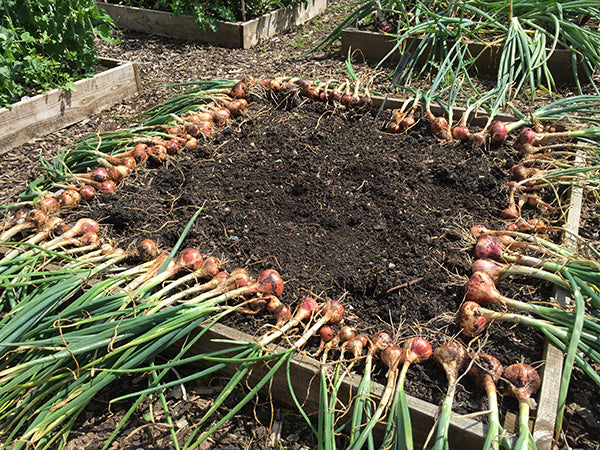Urban harvest: Gardeners share their bounty

The autumn this year is turning into a long and colourful affair. The flowering season in the Genus garden still continues into October and some of the fruit trees, particularly the pears, are pretty heavily laden and looking ready to harvest at last. This natural bounty happens in urban gardens just as much as in more rural settings such as the Genus plot.
A gorgeous autumn walk through Bristol last week brought home just how much fruit there is, as we crunched our way across fallen crab apples and damsons. We felt that somehow it was a bit of a waste? However, it seems that volunteer groups have, over the last five years or so, recognised the potential for this urban harvest.
There are groups in a number of cities including Sheffield, Leeds, Birmingham, London, York who get out and about collecting this surplus fruit then distributing it to people in need, or turning it into juice, jams and chutneys for local use.
A national charity called Abundance was set up to help get new volunteers in touch with existing groups and to encourage the collection of urban fruit. Gardeners who have more fruit than they know what to do with can get in touch with Abundance and find ways of putting that fallen food to good use. It’s great to know that there are ways of spreading the wellbeing benefits of gardens beyond the garden fence.











